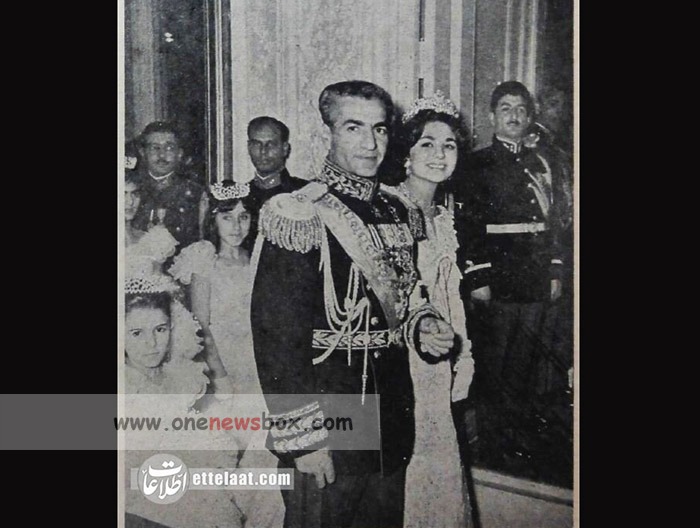This connection between motherhood and political legitimacy was particularly evident during the years of the Shah’s rule, when the monarchy’s survival was increasingly under threat from various factions within Iranian society. The political climate in Iran during the 1960s and 1970s was increasingly fraught with social unrest, as both conservative clerics and left-wing intellectuals began to challenge the Shah’s rule. In this context, Farah’s role as a mother, the symbolic bearer of the future of the monarchy, became even more significant. Her motherhood was intertwined with the Shah’s vision for Iran’s future, which was increasingly dependent on maintaining the monarchy’s legitimacy in the face of growing opposition.
Farah’s Legacy and the Fall of the Monarchy
The eventual downfall of the Pahlavi monarchy in 1979 with the Iranian Revolution would bring an end to Farah’s role as Queen. The revolution was driven by a broad coalition of forces—Islamic clerics led by Ayatollah Khomeini, left-wing activists, and disaffected intellectuals—all of whom opposed the Shah’s autocratic rule and his close ties to the West. Farah, as the Queen, was deeply connected to the monarchy, and her role in Iranian society came to symbolize the excesses and inequities of the regime.

